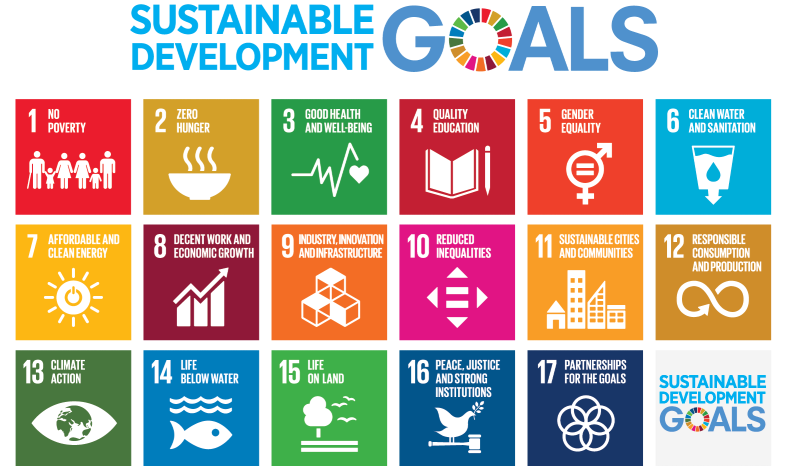UNESCO Biosphere Proposal
What is a UNESCO Biosphere?
UNESCO Biospheres are special areas that help protect nature while also allowing people to use natural resources in a way that doesn't harm the planet. They aim to find local ways to solve big global problems.
The United Nations (UN) says that sustainability means "using what we need now without stopping future generations from meeting their needs too."
There are 738 UNESCO Biosphere's around the world, with 7 in the UK, but none in the North of England. These areas have important plants, animals, and landscapes, alongside places where people live and work.
A Biosphere is more than just a protected area or a nature reserve. It is a place where people can learn how to take care of the environment while also meeting their needs. It helps us understand how nature, people, and the economy can work together in a balanced way.
The Biosphere will not bring any new restrictions. It is a non- regulatory designation. It aims to bring more visibility, funding and connectivity to the region.
Sustainable Development Goals
The idea behind UNESCO Biospheres comes from the United Nation’s Sustainable Development Goals to make the world a better place for both people and the planet, now and in the future. This fits with the City of Doncaster's main goal, to have thriving people, places and planet.

What positives could a UNESCO Biosphere bring Doncaster?
Creating a balance between Nature and People
Attracting Money and Investment
New Opportunities
Boosting Tourism
Building Stronger Connections
What does a UNESCO Biosphere do?
Biospheres have three core functions:
Conservation
Development
Education & Research Support
Where will the UNESCO Biosphere be?
The Biosphere will cover the whole of Doncaster Borough! There is potential for other neighbouring areas to be included so the boundary may change as the proposal progresses.
Why this area?
The Biosphere proposal encompasses two key habitats that Yorkshire Wildlife Trust’s recent State of Yorkshire’s Nature report highlighted are crucial for species of conservation concern.
Wetlands – Ranging from open water to bogs and marshes, these habitats are vital for many plant species now rare or extinct in other parts of Yorkshire. A Biosphere designation would enable enhanced restoration and protection for these delicate ecosystems. The proposed area contains 30% of the UK's lowland raised mire making it the largest area of raised bog wilderness in England.
Limestone – Home to a range of at-risk plants, these limestone-rich areas are crucial for regional biodiversity. Biosphere status would support their conservation and recovery.
Designating this area as a UNESCO Biosphere would provide essential support to these unique and vulnerable habitats, ensuring they are protected for future generations.
